Introduction
The Power of Click Competitions the modern creative landscape, Click Competitions have emerged as a pivotal platform for artists, photographers, and designers to showcase their talents. These contests not only highlight individual creativity but also foster a vibrant community of like-minded individuals who share a passion for artistic expression. The concept of Click Competitions can be traced back to the early days of photography contests and art exhibitions, but the digital age has transformed them into global phenomena.
The essence of Click Competitions lies in their ability to democratize art. Anyone with a passion for creativity can participate, regardless of their background or experience level. This inclusivity has allowed for a rich tapestry of submissions, reflecting diverse perspectives and cultures. As the art world continues to evolve, Click Competitions will likely play an increasingly crucial role in shaping trends and discovering new talent.
Types of Click Competitions
Photography Competitions
Photography competitions are perhaps the most recognizable form of Click Competitions. These contests often revolve around specific themes, encouraging participants to capture stunning images that resonate with the given topic. Categories can vary widely, including:
- Wildlife Photography: Participants are tasked with capturing the beauty and behavior of animals in their natural habitats. This category not only showcases technical skill but also emphasizes the importance of conservation.
- Portrait Photography: Here, the focus is on capturing the essence of individuals, telling their stories through the lens. Successful portraits often convey emotion and connection.
- Street Photography: This category challenges photographers to capture candid moments in urban settings, reflecting the human experience and societal narratives.
- Documentary Photography: Participants create visual stories that address social issues, cultural phenomena, or historical events, providing insight and provoking thought.
Notable competitions, such as the National Geographic Photo Contest, offer substantial prizes and recognition, serving as a launchpad for many photographers’ careers. Winning a prestigious competition can lead to opportunities for exhibitions, publications, and collaborations.
Digital Art Competitions
Digital art has exploded in popularity, and so have competitions dedicated to this medium. Digital artists utilize software such as Adobe Photoshop, Illustrator, and Procreate to create intricate pieces that may blend illustration, painting, and graphic design. Categories within digital art competitions can include:
- Concept Art: Artists create visual representations of ideas for movies, video games, or other media, often focusing on character and environment design.
- Character Design: Participants develop unique characters for storytelling, incorporating elements of personality, style, and backstory into their designs.
- Illustration: This broad category allows artists to explore various themes and styles, creating artwork that often accompanies written content or stands alone as a visual narrative.
Successful digital artists often share their creative processes through tutorials and social media, inspiring others and cultivating a supportive community.
Graphic Design Competitions
Graphic design competitions emphasize the art of visual communication. Participants are tasked with creating designs that not only capture attention but also convey clear messages. Categories may include:
- Advertising Design: Participants create compelling advertisements for products or services, focusing on engaging visuals and persuasive messaging.
- Brand Identity Design: This category challenges designers to develop logos, color schemes, and visual elements that embody a brand’s essence.
- Social Awareness Campaigns: Designers create graphics that promote social causes, addressing issues such as climate change, equality, and mental health.
Competitions such as the D&AD Awards and AIGA Design Awards celebrate excellence in graphic design, providing recognition and opportunities for career advancement.
Mixed Media Competitions
Mixed media competitions invite artists to blend various artistic techniques and materials, breaking the boundaries of traditional art forms. This category encourages experimentation, allowing artists to combine painting, photography, collage, and digital elements. Subcategories may include:
- Collage Art: Artists create compositions by combining various materials, often juxtaposing images, textures, and text.
- Installation Art: This form involves creating immersive environments that engage the viewer, often utilizing multiple media to convey themes or narratives.
- Performance Art: Some mixed media competitions incorporate elements of performance, where artists express their ideas through live actions or presentations.
Mixed media art reflects the complexity of contemporary life and can challenge viewers to rethink their perceptions of art.
Benefits of Participating in Click Competitions
Participating in Click Competitions offers numerous advantages that extend beyond the chance of winning a prize. Here are some of the most notable benefits:
Personal Growth and Skill Enhancement
Competitions encourage artists to push their creative boundaries and experiment with new techniques. The pressure of a deadline can spur innovation and motivate artists to develop their skills further. By challenging themselves, participants often discover new styles and methods that enrich their artistic practice.
Networking Opportunities
Click Competitions provide a unique opportunity to connect with other artists, industry professionals, and judges. Networking can lead to collaborations, mentorship, and friendships that support artistic growth. Many competitions also host events, workshops, or exhibitions, further facilitating networking.
Access to Resources and Mentorship
Many competitions offer resources such as workshops, online courses, and mentorship programs. These opportunities can help artists refine their skills and gain valuable insights from established professionals in the field. Learning from experienced mentors can accelerate an artist’s growth and open doors to new possibilities.
Financial Rewards and Recognition
Winners of Click Competitions often receive cash prizes, art supplies, or opportunities for exhibitions. Recognition from a reputable competition can significantly enhance an artist’s portfolio, providing credibility and exposure that can lead to future opportunities. Many artists have built successful careers after winning or placing in competitions.
Inspirational Impact on Creative Processes
Engaging with the creative works of others can spark inspiration and motivation. Viewing diverse submissions can challenge artists to think differently and explore new themes or techniques. Competitions foster a sense of community and camaraderie, encouraging participants to support one another and celebrate each other’s successes.
Preparing for Click Competitions
Preparation is crucial for success in Click Competitions. Here’s a detailed guide to ensure you’re ready to submit your best work:
Researching the Competition
Before entering any competition, it’s vital to conduct thorough research. Investigate the competition’s history, judging criteria, and previous winners. Understanding the competition’s ethos can help you tailor your submission effectively. Consider the following:
- Submission Guidelines: Pay close attention to file formats, size restrictions, and any specific requirements for your artwork.
- Judging Criteria: Familiarize yourself with how the judges evaluate submissions. Are they looking for technical skill, originality, storytelling, or emotional impact?
- Previous Winners: Analyze past winners to understand trends and what elements made their work stand out.
Choosing the Right Theme
Most Click Competitions revolve around specific themes or subjects. Selecting a theme that resonates with your artistic vision is crucial. Consider the following:
- Personal Connection: Choose a theme that you are passionate about, as this will reflect in your work and make the creative process more enjoyable.
- Alignment with Style: Ensure the theme allows you to showcase your strengths and style. Authenticity is key.
- Potential for Creativity: Opt for a theme that inspires you to think outside the box and encourages innovative interpretations.
Developing Your Concept
Once you’ve chosen a theme, brainstorming and concept development are essential. Here are some techniques to help you generate ideas:
- Mind Mapping: Create a mind map around your chosen theme, jotting down related ideas, images, and concepts. This visual representation can spark connections and lead to unique interpretations.
- Sketching: Doodle or sketch your ideas to visualize them. Even rough sketches can help clarify your thoughts and inspire new directions.
- Research: Investigate how other artists have interpreted similar themes. This can provide insights and help you refine your unique perspective.
Honing Your Skills
Before diving into the creation process, ensure you’re proficient in the techniques and tools required for your art form. Consider the following resources:
- Online Courses: Platforms like Skillshare, Coursera, and Udemy offer courses on photography, digital art, graphic design, and more.
- Workshops: Participate in local or online workshops to gain hands-on experience and learn from professionals in your field.
- Practice: Regularly practice your craft. Set aside time each week to experiment with new techniques, styles, and ideas.
Creating and Refining Your Work
With your concept in place, it’s time to create your piece. Here are steps to guide you through the creation process:
- Drafting: Begin with rough drafts or preliminary versions of your work. This allows for experimentation and adjustment before finalizing your piece.
- Feedback: Share your drafts with trusted peers or mentors. Constructive criticism can provide valuable insights and help you refine your work.
- Finalizing: After incorporating feedback, finalize your piece. Pay attention to details, ensuring that your work aligns with the competition’s guidelines and standards.
- Editing: For photography and digital art, editing is crucial. Use software tools to enhance your work, ensuring high quality and resolution.
- Presentation: Prepare your submission according to the competition’s requirements. This includes properly formatting your files, writing an artist statement if required, and ensuring all elements are polished.
Submit Your Work
Finally, ensure you submit your work on time. Double-check all requirements to avoid disqualification. Be proud of your submission, knowing you’ve put in the effort to create something meaningful.
Winning Strategies for Click Competitions
While talent plays a significant role in Click Competitions, employing effective strategies can enhance your chances of success. Here are some key strategies to consider:
Understanding the Audience and Judges
Knowing your audience and the judges can guide your creative decisions. Research their backgrounds and preferences to tailor your work effectively. Consider the following:
- Judging Panel: Familiarize yourself with the judges’ expertise and interests. This knowledge can help you align your submission with their preferences.
- Audience Engagement: Consider how your work resonates with the audience. Engaging visuals and relatable themes can make a lasting impression.
Importance of Originality and Uniqueness
Originality is crucial in Click Competitions. Strive to present a fresh perspective or approach to the theme. Here are some tips to foster originality:
- Personal Touch: Infuse your work with personal experiences, emotions, or stories. Authenticity can set your submission apart.
- Experimentation: Don’t be afraid to try new techniques or styles. Pushing boundaries can lead to unique and innovative pieces.
- Avoid Clichés: Steer clear of overused concepts or visuals. Aim for interpretations that challenge norms and provoke thought.
Maintaining High Quality in Submissions
Quality should never be compromised in your submissions. Consider the following:
- Technical Skill: Ensure your technical skills are sharp. Practice regularly and seek feedback to improve your craft.
- Presentation: Pay attention to the presentation of your work. High-resolution images, professional editing, and clean formatting can significantly impact how your piece is perceived.
- Consistency: Ensure consistency in style and execution throughout your submission. A cohesive presentation reinforces your artistic vision.
Storytelling Through Art
Engaging narratives can elevate your art. Consider how you can convey a story or emotion through your piece. Techniques for effective storytelling include:
- Visual Elements: Use composition, color, and imagery to convey your narrative. Think about how these elements can guide the viewer’s experience.
- Context: Provide context for your work. An artist statement can help explain your thought process and intentions behind the piece.
- Emotional Connection: Aim to evoke emotions in your audience. Art that resonates on an emotional level can leave a lasting impression.
Promoting Submissions on Social Media
In today’s digital landscape, promoting your submission on social media can increase visibility and support. Consider these best practices:
- Engagement: Share your submission across platforms, encouraging friends, family, and followers to engage with your post. Use relevant hashtags to reach a broader audience.
- Behind-the-Scenes Content: Share your creative process, offering glimpses into how you developed your piece. This transparency can build connection and interest.
- Community Support: Engage with other participants, supporting their submissions and fostering a sense of community. Building relationships can lead to reciprocal support.
Case Studies of Successful Click Competition Participants
Examining the journeys of successful participants can provide invaluable insights. Here are a few notable case studies:
Case Study 1: Sarah, Wildlife Photographer
Sarah participated in a prestigious wildlife photography competition, focusing on endangered species. Her winning piece, a stunning image of a snow leopard in its natural habitat, showcased not only her technical skills but also her passion for conservation.
Creative Process: Sarah spent months researching snow leopards, understanding their behavior, and scouting locations. She used this knowledge to capture a moment that highlighted the beauty and vulnerability of the species.
Key Takeaway: Sarah emphasizes the importance of patience and preparation. She advises aspiring photographers to invest time in understanding their subjects and to be persistent in their pursuit of the perfect shot.
Case Study 2: Mark, Digital Artist
Mark entered a digital art competition with a piece inspired by the concept of time. His work, which combined elements of surrealism and abstract design, won him first place and exposure to industry professionals.
Creative Process: Mark began with sketches and mood boards, gathering inspiration from various sources. He experimented with different techniques, layering textures and colors to create depth in his piece.
Key Takeaway: Mark stresses the importance of experimentation and allowing oneself to explore different styles. He encourages artists to embrace their creative journey, as the process can lead to unexpected and rewarding results.
Case Study 3: Emily, Graphic Designer
Emily participated in a branding design competition for a local non-profit. Her submission, which included a comprehensive branding guide, won her recognition and a contract with the organization.
Creative Process: Emily conducted thorough research on the non-profit’s mission and values, ensuring her design aligned with their goals. She developed a cohesive visual identity that resonated with the target audience.
Key Takeaway: Emily highlights the significance of understanding the client’s needs and values. She encourages designers to conduct thorough research and to seek feedback throughout the design process.
The Impact of Click Competitions on the Art Community
Click Competitions have a profound impact on the art community, fostering collaboration, innovation, and diversity. Here are some ways they influence the creative landscape:
Building Supportive Networks
Competitions create opportunities for artists to connect and build relationships. Participants often form communities where they can share resources, collaborate on projects, and support one another. These networks can be invaluable for personal and professional growth.
Promoting Diversity and Inclusion
Click Competitions often celebrate diversity by encouraging submissions from artists of various backgrounds, cultures, and experiences. This inclusivity enriches the creative landscape, allowing for a broader range of perspectives and narratives.
Spotlighting Emerging Artists
Competitions frequently highlight emerging talents, providing them with a platform to showcase their work and gain recognition. Winning or placing in a competition can serve as a significant career milestone, opening doors to exhibitions, publications, and opportunities for collaboration.
Highlighting Industry Trends and Shifts
As Click Competitions evolve, they often reflect current trends in the art world. Observing the types of submissions and themes that resonate with judges can provide insights into emerging styles and movements. Artists can use this information to stay relevant and explore new directions in their work.
The Future of Click Competitions
As technology continues to advance, the future of Click Competitions looks promising. Here are some potential developments we might see:
Integration of Augmented Reality
Augmented reality (AR) can enhance the viewer’s experience of art, allowing for interactive elements that engage audiences in new ways. Future competitions may incorporate AR components, enabling viewers to explore artworks beyond traditional formats.
Virtual Competitions
With the rise of online events, we can expect more virtual competitions that allow artists to participate from anywhere in the world. This increased accessibility can broaden participation and foster a more diverse range of submissions.
Collaboration with Brands
Brands may increasingly partner with Click Competitions to sponsor events or offer prizes. These collaborations can provide artists with unique opportunities for exposure and career advancement.
Emphasis on Sustainability
As awareness of environmental issues grows, future competitions may focus on themes of sustainability and eco-consciousness. Encouraging artists to create work that reflects these values can promote awareness and inspire positive change.
Expanding Categories
We may see a broader range of categories in Click Competitions, including multimedia and interactive art. As the definition of creativity continues to evolve, competitions will likely adapt to include new and innovative forms of expression.
Conclusion
Click Competitions represent a vibrant intersection of creativity, community, and opportunity. They allow artists to showcase their talents, connect with peers, and gain recognition. As these competitions continue to evolve, they will play a crucial role in shaping the future of the art world.
By participating in Click Competitions, artists can not only enhance their skills and gain exposure but also contribute to a diverse and dynamic creative community. Whether you’re a seasoned artist or a newcomer, there’s a place for you in this exciting arena. So, unleash your creativity and dive into the world of Click Competitions—your next masterpiece awaits.for more details please visit the website networksights.com


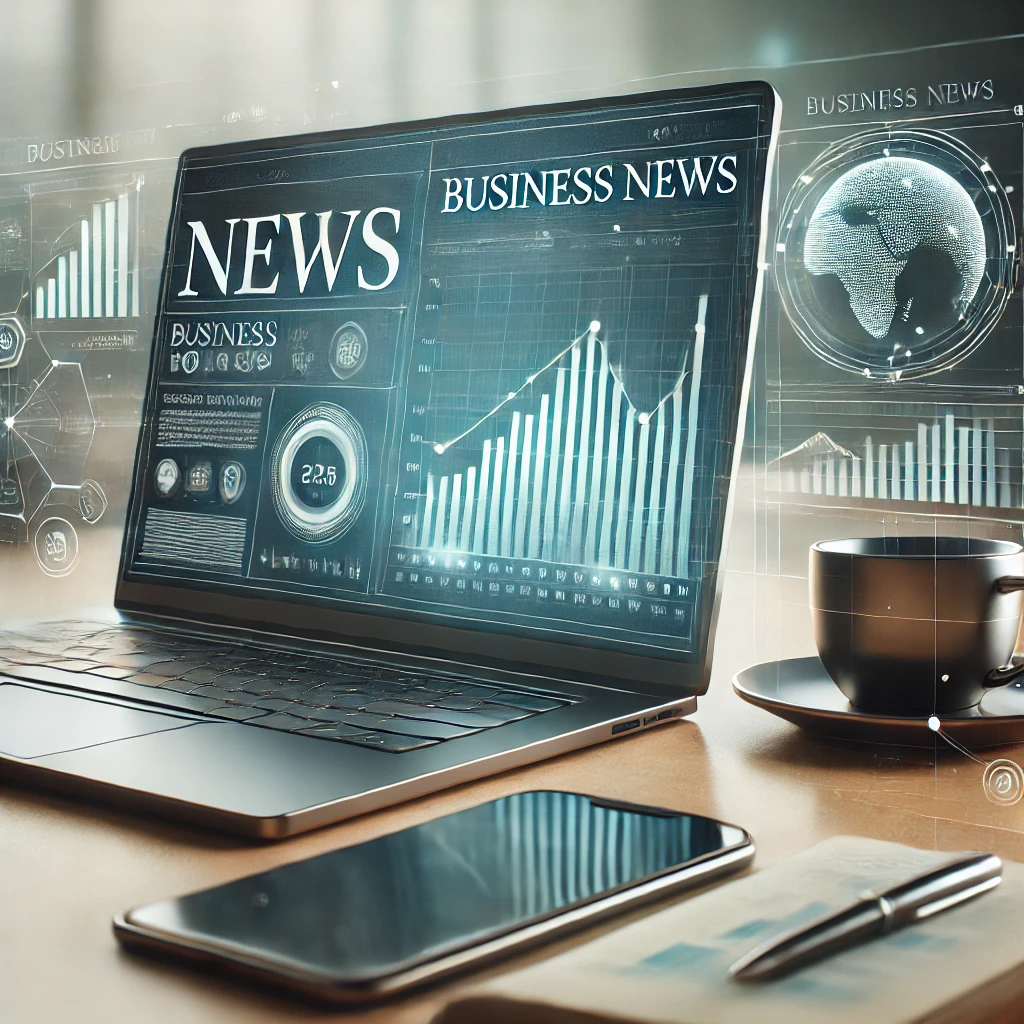

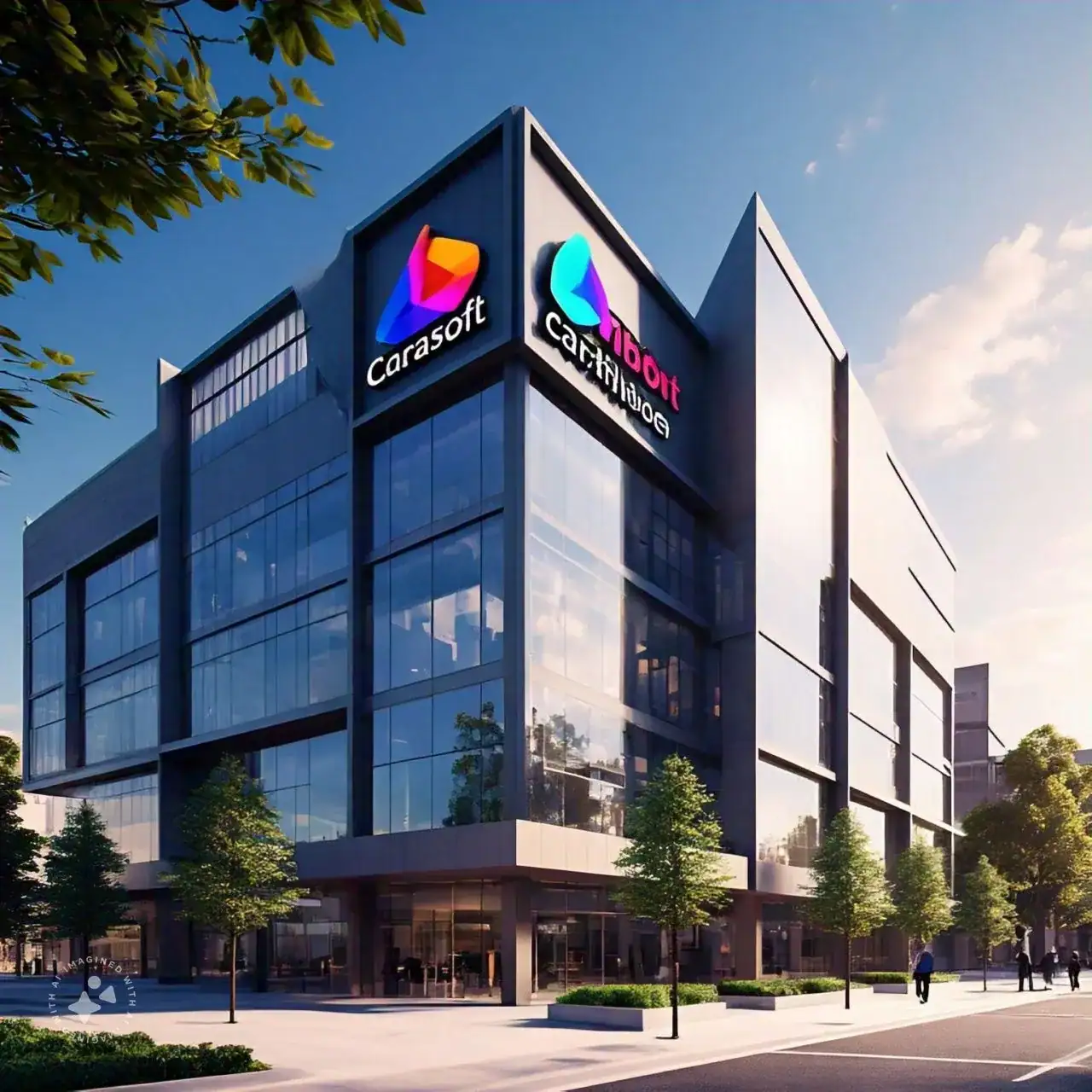
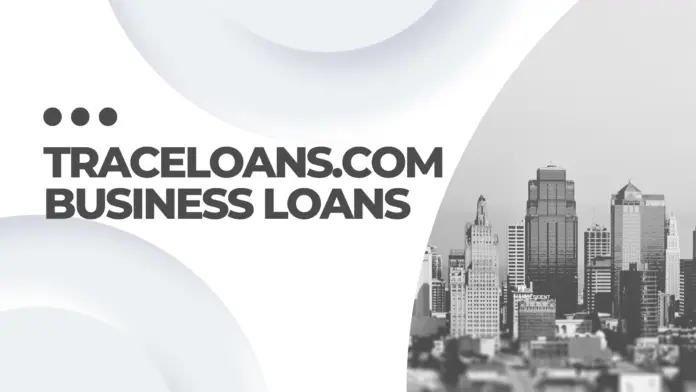

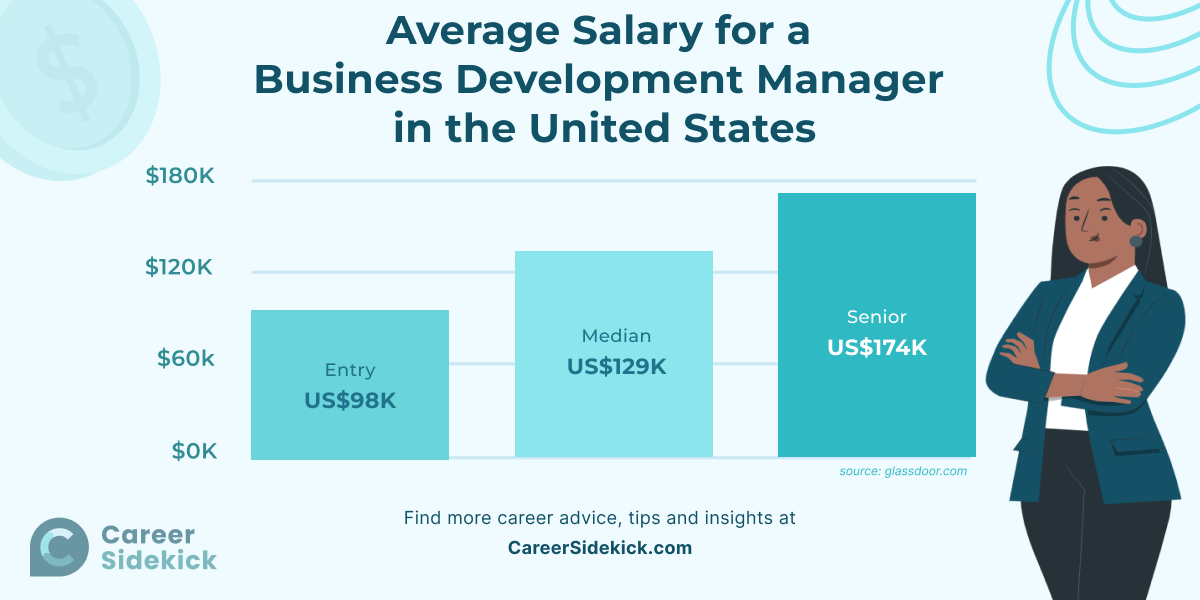
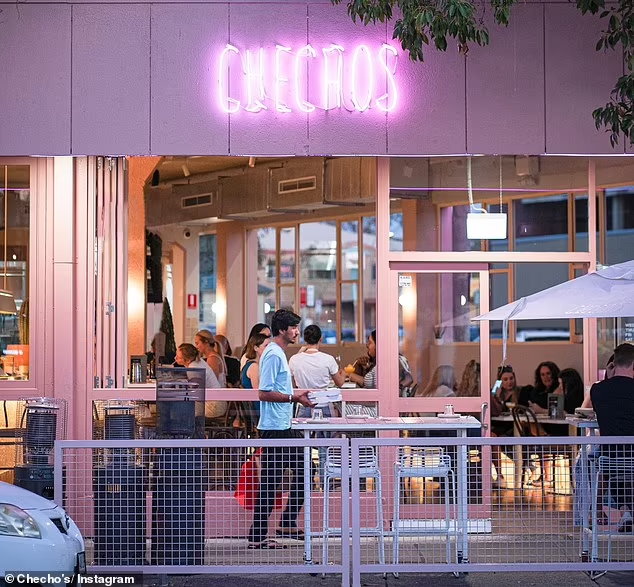
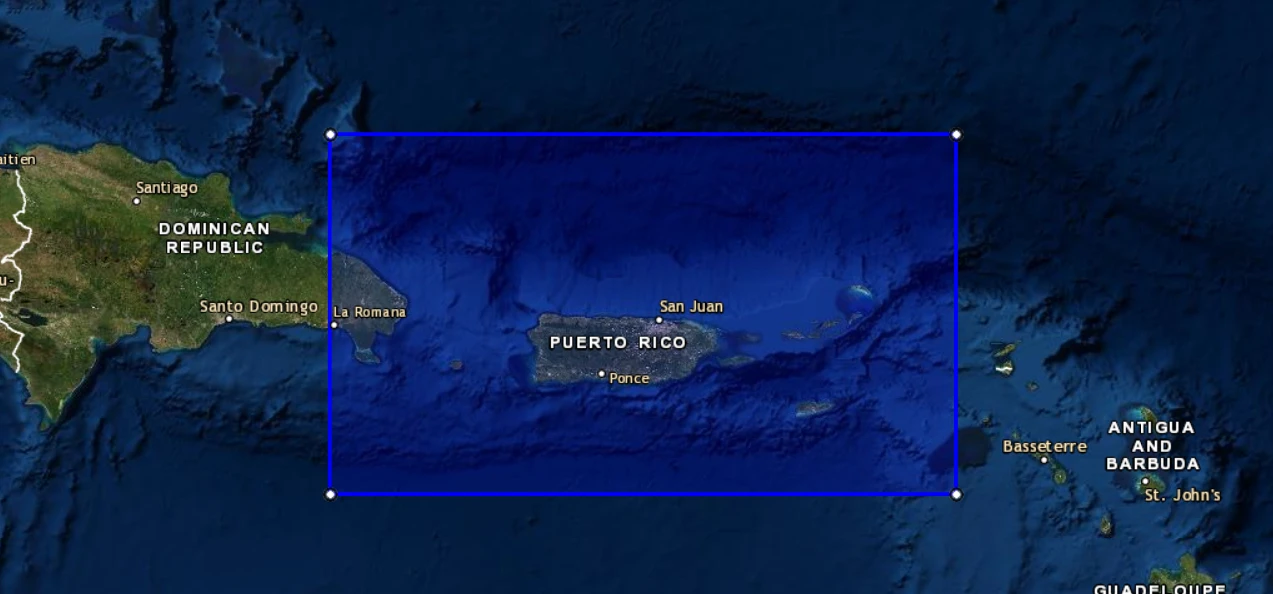
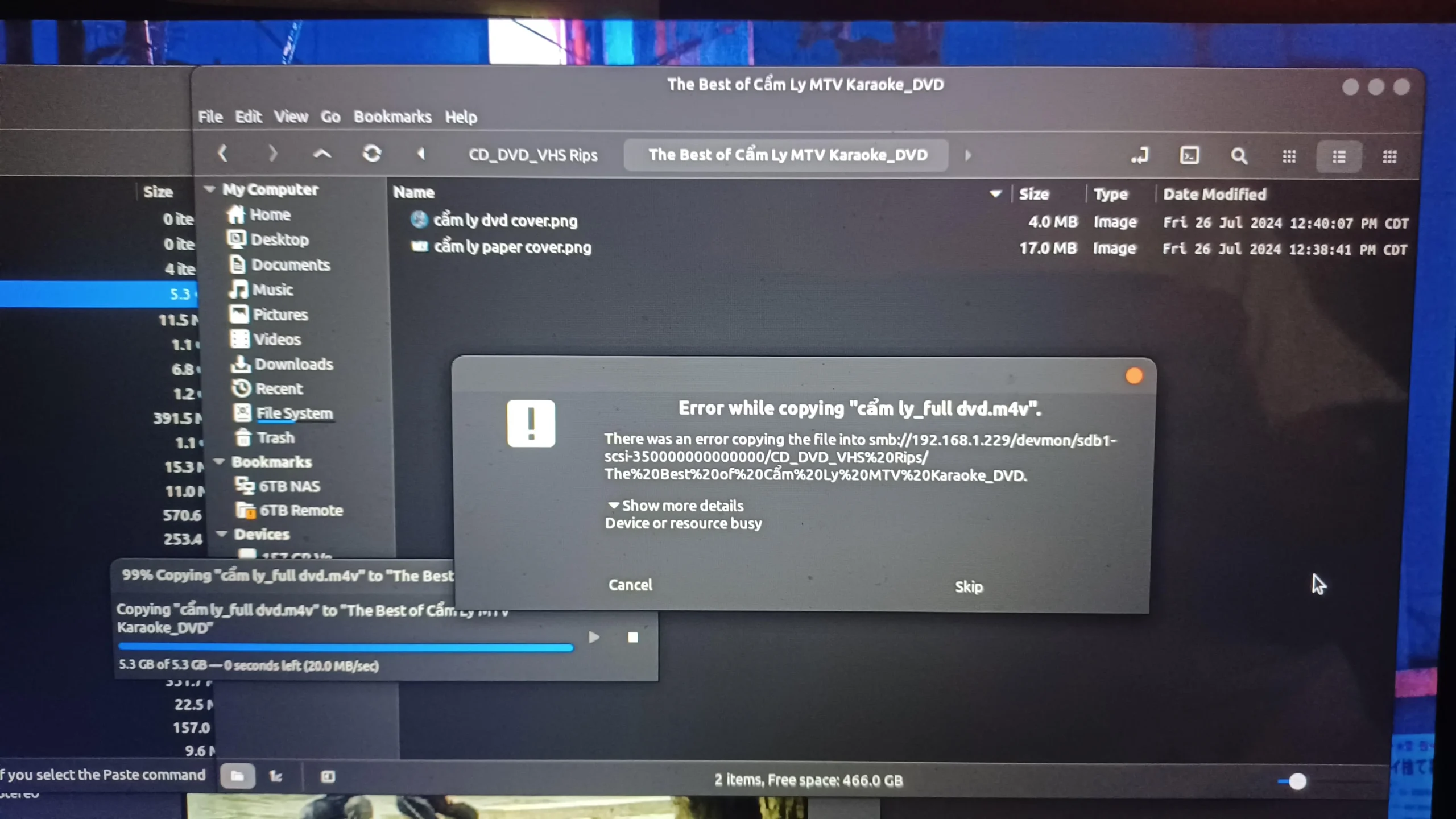
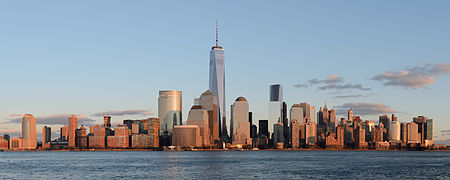
Leave a Reply